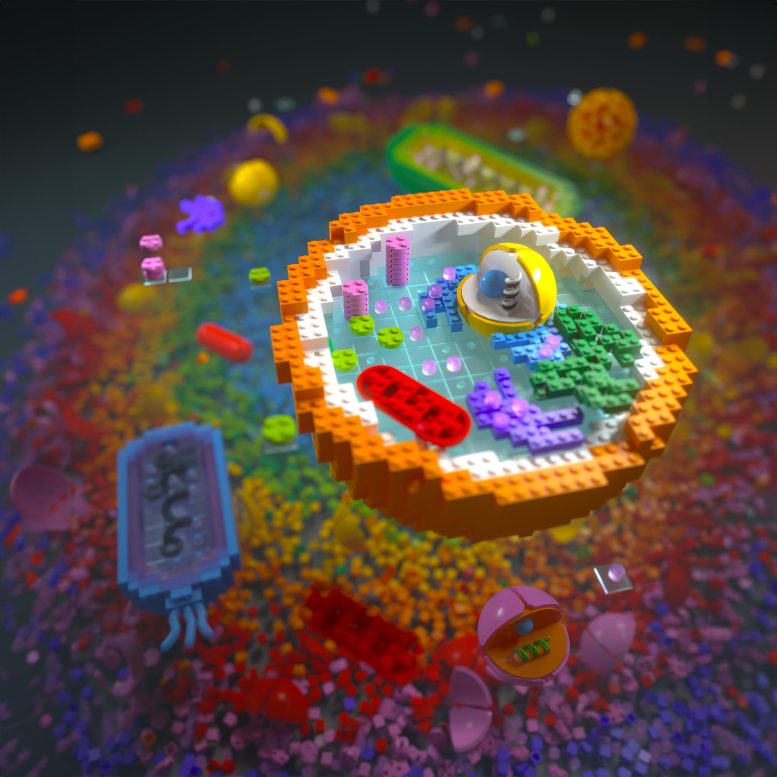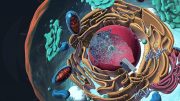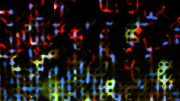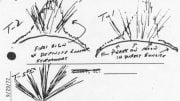
Assembly theory bridges the gap between physics and biology in explaining how complex objects are identifiable as products of evolution and how reusability of parts allows novelty and identical intricate items to be constructed by selection in nature. Credit: Dr. Anna Tanczos, Sci-Comm Studios
“Assembly Theory,” a pioneering theoretical framework bridging physics and biology, offers transformative insights into biological evolution and its place within universal physical laws. With applications from the search for alien life to understanding life’s origins, it promises to reshape numerous scientific fields.
An international team of researchers has developed a new theoretical framework that bridges physics and biology to provide a unified approach to understanding how complexity and evolution emerge in nature. This new work on “Assembly Theory,” published today (October 4) in Nature, represents a major advance in our fundamental comprehension of biological evolution and how it is governed by the physical laws of the universe.
“This opens up the exciting possibility of using Assembly Theory to design new experiments that could solve the origin of life by creating living systems from scratch in the laboratory.” — Professor Lee Cronin
Previous Work and the Molecular Assembly Index
This research builds on the team’s previous work developing Assembly Theory as an empirically validated approach to life detection, with implications for the search for alien life and efforts to evolve new life forms in the laboratory. In prior work, the team assigned a complexity score to molecules called the molecular assembly index, based on the minimal number of bond-forming steps required to build a molecule. They showed how this index is experimentally measurable and how high values correlate with life-derived molecules.
Mathematical Formalism in Assembly Theory
The new study introduces mathematical formalism around a physical quantity called “Assembly” that captures how much selection is required to produce a given set of complex objects, based on their abundance and assembly indices.
“Assembly Theory provides a completely new lens for looking at physics, chemistry, and biology as different perspectives of the same underlying reality,” explained lead author Professor Sara Walker, a theoretical physicist and origin of life researcher from Arizona State University. “With this theory, we can start to close the gap between reductionist physics and Darwinian evolution – it’s a major step toward a fundamental theory unifying inert and living matter.”
Applications and Future Potential
The researchers demonstrated how Assembly Theory can be applied to quantify selection and evolution in systems ranging from simple molecules to complex polymers and cellular structures. It explains both the discovery of new objects and the selection of existing ones, allowing open-ended increases in complexity characteristic of life and technology.
“Assembly Theory provides an entirely new way to look at the matter that makes up our world, as defined not just by immutable particles but by the memory needed to build objects through selection over time,” said Professor Lee Cronin, a chemist from the University of Glasgow and co-lead author. “With further work, this approach has the potential to transform fields from cosmology to computer science. It represents a new frontier at the intersection of physics, chemistry, biology, and information theory.”
Toward a Deeper Understanding
The researchers aim to further refine Assembly Theory and explore its applications for characterizing known and unknown life, and testing hypotheses about how life emerges from non-living matter. “A key feature of the theory is that it is experimentally testable,” said Cronin. “This opens up the exciting possibility of using Assembly Theory to design new experiments that could solve the origin of life by creating living systems from scratch in the laboratory.”
The theory opens up many new questions and research directions at the boundary of the physical and life sciences. Overall, Assembly Theory promises to provide profound new insights into the physics underlying biological complexity and evolutionary innovation.
Reference: “Assembly theory explains and quantifies selection and evolution” by Abhishek Sharma, Dániel Czégel, Michael Lachmann, Christopher P. Kempes, Sara I. Walker and Leroy Cronin, 4 October 2023, Nature.
DOI: 10.1038/s41586-023-06600-9









This assembly theory has the greatest amount of all information in physics and physiology to bring forward our total understanding, construction and tools needed, we already have a large amount blue print to work with, like to see sciences working together.
I thought of this a long time ago. I even started writing a screenplay about it.
Great I to have ideas that have been percolating, and since I retired have given more thought and maybe enter the physics world, I’m finding that persons with the great minds do not follow the same lifetime professions of laboring or financial concerns or entertainment/ Friendships etc so I found this web site and began assembling more science to make ideas move through a barrier of classification.
Whatever is assembled has to be done within physical boundaries. It’s those boundaries that control the result.This is especially true for any origin of life scenarios where what is being assembled requires an origin itself.
Congratulations.
From topological vortices to microscopic particles, from atoms to organisms, the “Assembly Theory” can unify the world to explain evolution and complexity.
I hope your team have not been fooled by pseudoscientific ideas. For example, PRL, PNAS, Sciences, Nature, etc firmly believe in:
1. Even without understanding how θ & τ were formed, it can be concluded that they are CP violations.
2. Even if two objects (such as cobalt-60) that rotate in opposite directions are asymmetrical, they are still two objects that mirror each other.
Physics must focus on the commonalities between geometric shapes and physical reality, rather than just relying on a few formulas or a few numbers to indulge in delusions.
Topological vortices are point defects in spacetime. Point defects do not only impact the thermodynamic properties, but are also central to kinetic processes.
According to the theory of topological vortex gravitational field, the essence of spacetime is smooth, however, the synchronous effects of superposition, deflection, and kink between vortices, in which make spacetime becomes complex.
Good luck to your team.
This topic always makes me think of cyclic universes and entanglement, both of which seem to suggest a remarkable focus in cold matter gravity flows, an idea with Hebbian aspects. Consciousness then seems to emerge in resonating soft molecular interfaces between gravity and electromagnetism, where hydrogen shines brightest in the cold gravitational realm and the electromagnetic darkness of carbon presents a perfectly balanced foil. Just my take.
Softness involves a degree of elasticity, and elasticity should be central to circulatory pumping to broadcast molecular states. Daily variations most likely have to suffice until an internally active pumping system can exert dominance. Life then becomes in some respects a race to create the fastest pump, and practical heart rate limits get explored in the process. This may provide a natural reason to suppose consciousness and heartbeat are tightly linked.
AI is definitely not writing all these comments.
It sounds like they have discovered “structure”. Reductionism tells us about substance, but not structure. Reductionist methods destroy structure as a first step. But structure makes a contribution to reality that is not subordinate to substance. It’s the difference between a pile of bricks and a house. Right? Water is not simply oxygen + hydrogen, it’s the structure that makes the molecule polar, and able to form structures (e.g. surface tension).
This approach is a way of quantifying the contribution to reality from structure. And this does seem like a genuine advance.
What I’m wondering now is how does this fit with David Deutsch and Chiara Marletto’s “constructor thoery”?
Assembly theory is just the obvious. Small things assemble into complex things following rules of physics and chemistry and you can count the steps. The standard for a new paradigm is really low for this to be above a freshman level idea.
Please, be mindful of the criticisms to Assembly Theory too: https://arxiv.org/abs/2210.00901, https://hectorzenil.medium.com/the-8-fallacies-of-assembly-theory-ba54428b0b45, https://primordialscoop.org/2023/03/24/assembly-theory-and-agnostic-life-finding/